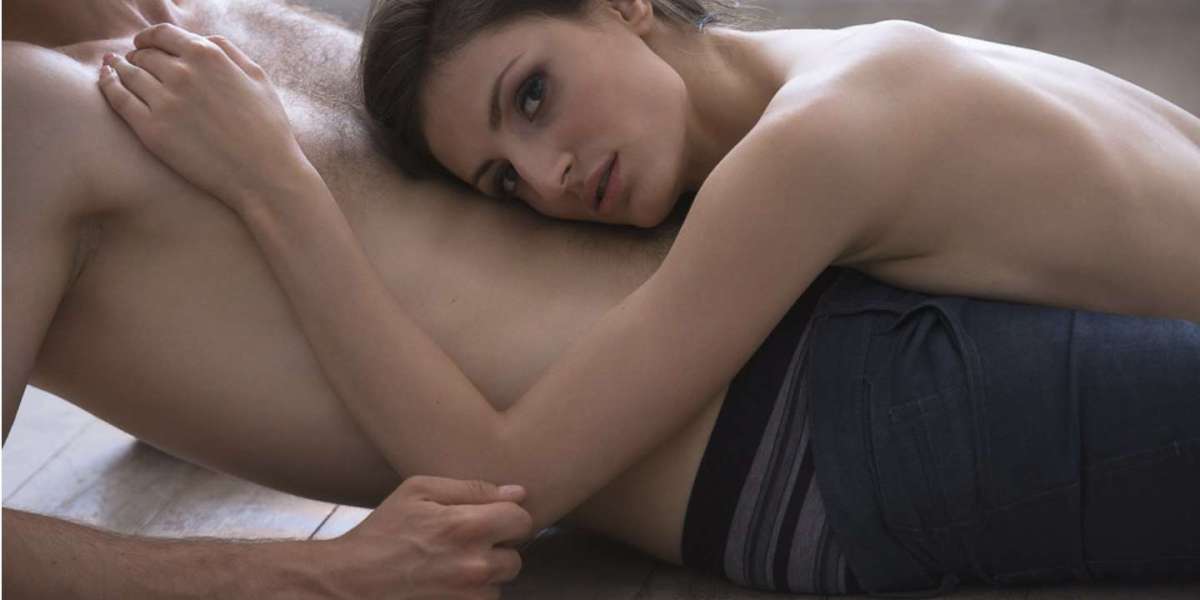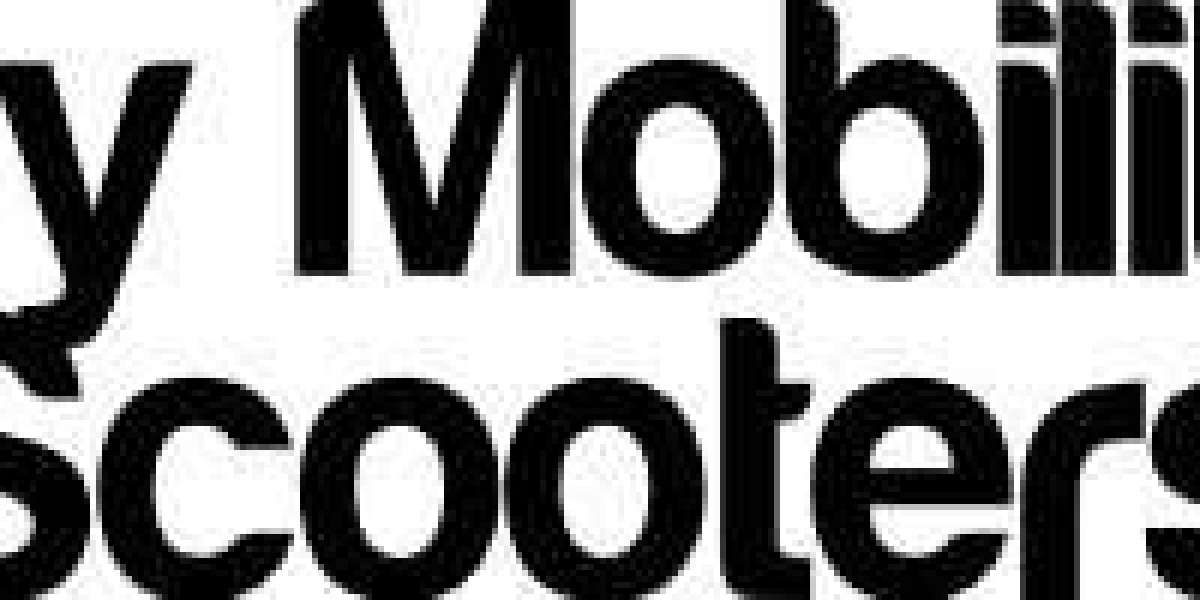If you own a Brother embroidery machine or plan to start custom embroidery projects, you’ve probably come across the need to Convert Artwork to PES File. PES is the native file format that Brother embroidery machines use to read designs and stitch them out perfectly. Without the right conversion, your design—whether it’s a business logo, monogram, or creative artwork—won’t stitch properly. That’s where professional conversion services step in, ensuring your artwork becomes embroidery-ready with precision and quality.
Why PES Files Are Essential for Brother Embroidery Machines
Brother embroidery machines are among the most popular worldwide because of their reliability, ease of use, and wide availability. However, they require PES files to interpret stitch commands correctly. Here’s why PES matters:
- Machine Compatibility – PES files are specifically built for Brother embroidery machines.
- Accurate Stitch Mapping – Every stitch type, direction, and density is embedded in the file.
- Easy Adjustments – You can resize or recolor your design in machine software without losing stitch quality.
- Professional Finish – The PES format ensures clean outlines, sharp details, and fewer thread breaks.
Without converting your design into PES, the machine simply won’t be able to process your embroidery project.
Why You Can’t Just Upload a JPG or PNG
Many beginners make the mistake of thinking they can upload a simple JPG or PNG directly into the embroidery machine. Unfortunately, embroidery machines don’t read image formats—they read stitch data.
Here’s what makes it different:
- Images = Pixels – JPG or PNG files are made up of pixels, not stitches.
- Embroidery = Stitches – A PES file tells the machine exactly where and how to stitch each part of the design.
- Conversion = Digitizing – To convert an image into a PES file, the design must be digitized, assigning stitch types, angles, and underlays.
This is why simple “file conversion” software isn’t enough—you need proper digitizing.
The Process to Convert Artwork to PES File
When you send your artwork to a professional digitizing service, here’s what happens step by step:
- Artwork Analysis – The digitizer reviews your artwork to check clarity, resolution, and details.
- Digitizing Setup – They assign stitch types such as satin stitches for outlines, fill stitches for large areas, and running stitches for fine details.
- Underlay & Density – Proper underlay stitches are applied to stabilize the design and prevent puckering.
- Color Assignment – The design is mapped to specific thread colors for accuracy.
- Machine Simulation – A preview run ensures the file stitches smoothly without errors.
- Export to PES – Once finalized, the design is exported as a PES file, ready for Brother machines.
This ensures that your artwork doesn’t just look good digitally—it stitches beautifully on fabric.
Benefits of Converting Artwork to PES File Professionally
Outsourcing your PES file conversion comes with multiple advantages:
- High-Quality Output – Professional digitizers ensure flawless stitching.
- Time-Saving – Skip the steep learning curve of embroidery software.
- Customization – Resize, edit, and adapt designs based on your needs.
- Cost-Effective – Affordable compared to buying and mastering complex software.
- Ready-to-Use – Receive files optimized for your specific Brother embroidery machine.
This way, you focus on your creative projects while the technical details are handled by experts.
Who Needs Artwork to PES File Conversion?
The demand for PES file conversion is growing because embroidery has expanded beyond personal crafting into professional branding. Some common users include:
- Small Business Owners – To embroider company logos on uniforms, hats, and merchandise.
- Crafters & Hobbyists – For personalized gifts like towels, pillows, and bags.
- Fashion Designers – To add embroidered elements to garments.
- Sports Teams & Clubs – For custom jerseys, caps, and gear.
- Promotional Companies – To produce embroidered items for marketing.
Whether you’re running a business or stitching as a hobby, PES conversion is essential for professional results.
Tips Before Sending Artwork for Conversion
To get the best results when converting your design to PES, follow these simple guidelines:
- Use High-Resolution Artwork – Clear images help digitizers achieve clean results.
- Simplify Complex Designs – Too many tiny details may not stitch well.
- Choose the Right Size – Let the digitizer know the exact embroidery area.
- Limit Color Changes – Fewer colors make the design faster and cleaner to stitch.
- Communicate Preferences – If you want bold outlines or specific effects, mention them upfront.
These small steps ensure your final PES file matches your expectations.
Applications of PES Embroidery Files
Once your design is converted into a PES file, the possibilities are endless. Here are some of the most common applications:
- Custom Logos on Uniforms & Shirts
- Personalized Gifts (towels, cushions, blankets)
- Hats, Caps, & Headwear Embroidery
- Monogrammed Clothing & Accessories
- Branded Promotional Items
- Team Apparel & Sports Gear
This versatility is what makes PES conversion so valuable for both individuals and businesses.
Why Choose Professional Services Instead of DIY Software?
While embroidery software exists that can convert images into PES, the results often lack the quality of professional digitizing. Here’s why:
- DIY Software Limitations – Automatic conversions don’t handle stitch logic correctly.
- Loss of Detail – Intricate designs may appear distorted or blocky.
- Time-Consuming – Learning embroidery software takes hours, if not weeks.
- Inconsistent Quality – DIY results often require multiple test runs and wasted fabric.
Professional services solve these problems by giving you ready-to-use PES files without the hassle.
The Future of Artwork to PES Conversion
As embroidery technology evolves, PES conversion is becoming faster and smarter. Some exciting trends include:
- AI-Powered Digitizing – Smarter software is making the process more efficient.
- Cloud-Based Services – Send and receive PES files instantly online.
- Mobile Apps – Easier ways to request conversions from smartphones.
- More Affordable Services – Competition has made professional digitizing budget-friendly.
Even with these advancements, professional expertise will always matter for complex or detailed designs.
Final Thoughts
If you want your embroidery machine to produce professional-quality results, converting your design into the correct format is essential. Convert Artwork to PES File services ensure that your logos, artwork, or personal creations stitch perfectly on Brother machines. Instead of wasting time with trial-and-error software, trust experts who can give you accurate, ready-to-use PES files with quick turnaround times.








